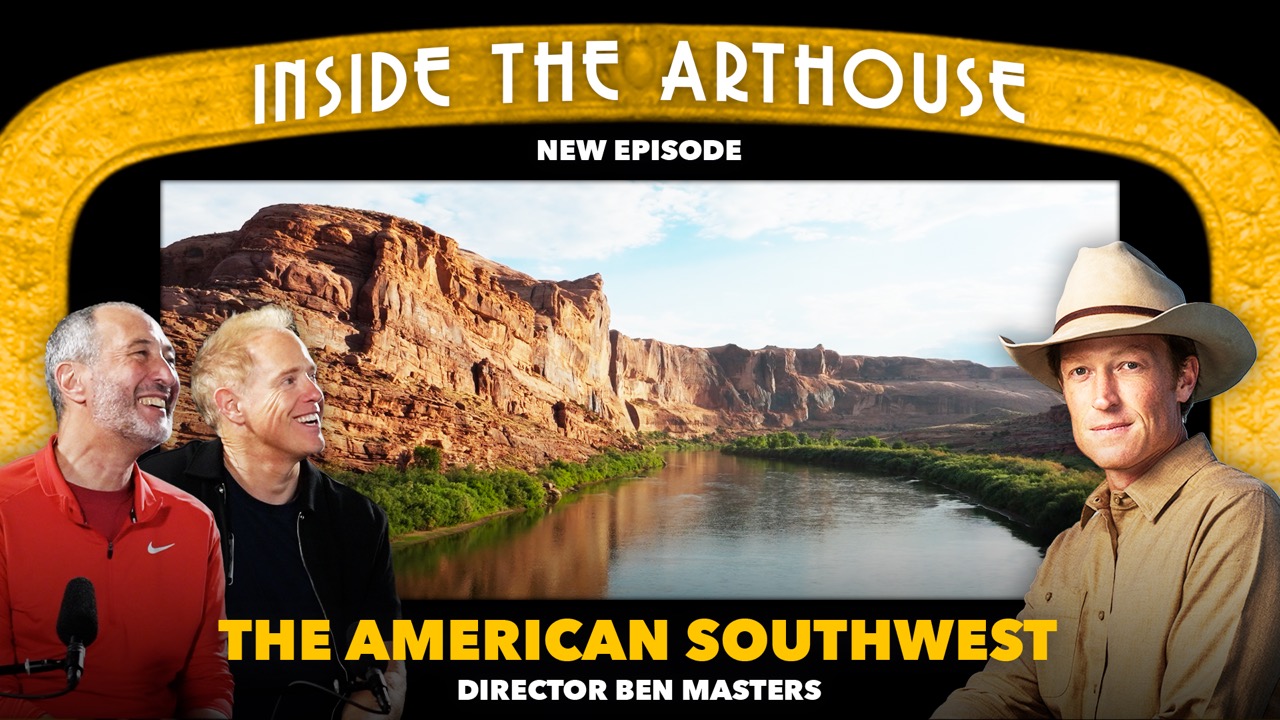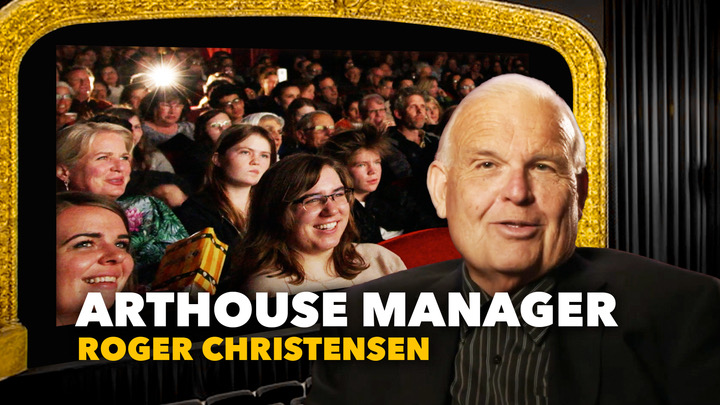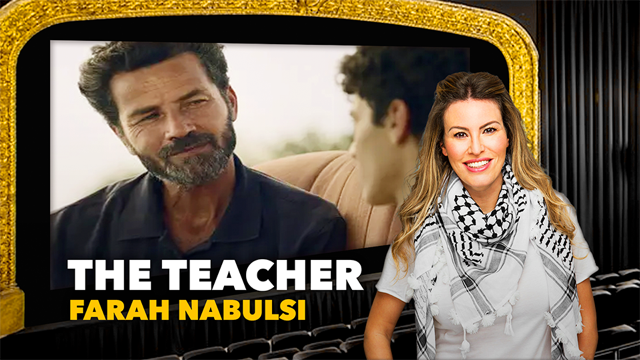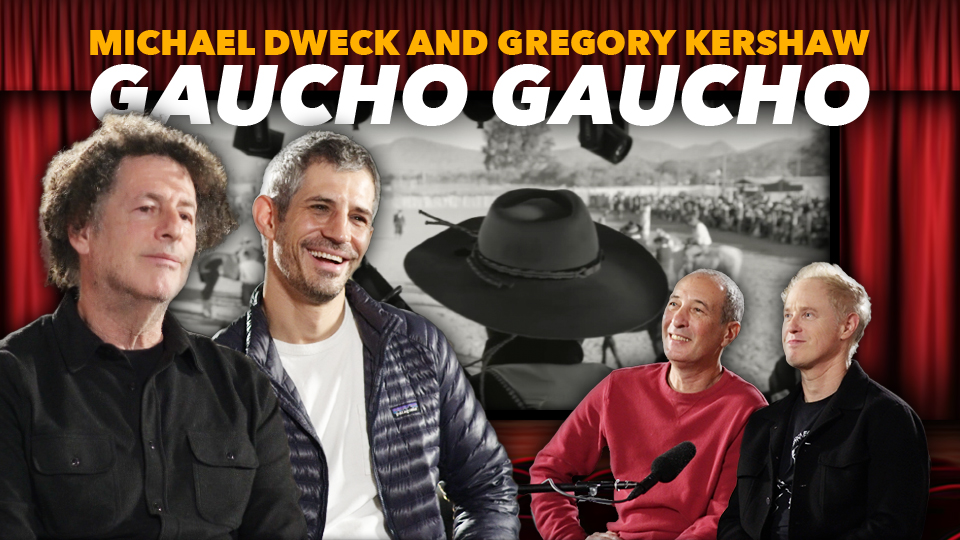
You’ve probably never heard of PUBLIC ACCESS — the 1993 Sundance Film Festival Grand Jury Prize (Dramatic) winner — but you’ve almost certainly heard of Keyser Soze, the enigmatic villain at the heart of the 1995 Oscar-winning THE USUAL SUSPECTS. So what connects these two films?
On this episode of INSIDE THE ARTHOUSE, we sit down with Ken Kokin, the producer of both of these films, and discuss how the same creative team – director Bryan Singer, screenwriter Christopher McQuarrie, editor/composer John Ottman, and producer Kokin – went from making an obscure festival prize winner to creating one of the great mystery crime thrillers of all time.
Marking the 30th anniversary of THE USUAL SUSPECTS, this conversation is fun, candid, and illuminating: the origin of Keyser Soze, building the creative collaboration, the leap from festival buzz to Academy Award glory, and the producing lessons behind a legendary twist ending. If you love behind-the-scenes stories, neo-noir thrillers, or the making of cult classics, you’re in the right place.
Join us as we discuss one of our favorite arthouse favorites, THE USUAL SUSPECTS, with producer Ken Kokin, on INSIDE THE ARTHOUSE, starting now.




